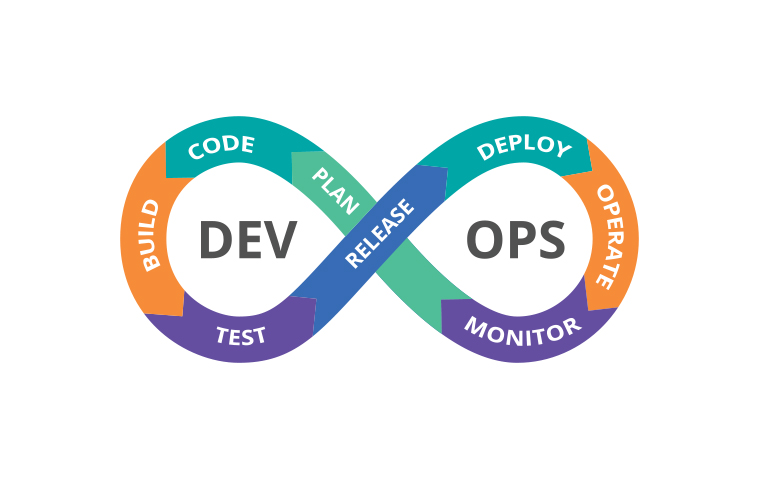What is Cloud Technology?
Cloud technology is a solution for delivering computing resources, services, and applications over the Internet. Instead of relying on local infrastructure and physical hardware, cloud technology allows users to access and utilize servers, storage, databases, files, and software applications without needing on-premises infrastructure or local hard drives.
Cloud solutions are available through internet-connected devices like computers, smartphones, tablets, and wearables. Businesses of any size can benefit from cloud technology in various ways to grow, compete, and become more agile. Cloud technology enables users to quickly and efficiently increase or decrease their resource usage based on demand. Therefore, cloud solutions reduce capital expenditures and operational costs associated with hardware, maintenance, and upgrades.
Cloud technology enables businesses to deploy applications and services rapidly. The cloud allows individuals and business organizations to store and access their data on remote servers, which a cloud service provider maintains. Businesses can leverage advanced technologies and services, such as artificial intelligence, machine learning, big data analytics, and IoT platforms, without significant investment through cloud technology.
- What are the Advantages of Cloud Technology?
Cloud technology offers various advantages, including cost savings, scalability, accessibility, reliability, data protection, and enhanced collaboration to businesses of all sizes. The benefits of cloud technology make it a valuable solution for companies and individuals, enabling them to leverage powerful computing resources, improve efficiency and collaboration, reduce costs, and securely drive innovation.
Cloud storage provides several advantages, including data accessibility from anywhere with an internet connection, automatic backups, data redundancy, collaboration features, and cost savings, compared to maintaining local storage infrastructure.
- Why Do You Need Cloud Computing?
Individuals and businesses need cloud computing, as it offers many benefits, such as cost savings, scalability, accessibility, reliability, security, and the ability to leverage advanced technologies.
Cloud solutions eliminate the need for upfront investments in hardware, infrastructure, and maintenance costs. The flexibility of the cloud allows businesses to easily accommodate growth, handle spikes in traffic or workload, and adjust resource allocation without the need for significant infrastructure changes.
- What are Cloud Technology Solutions?
Cloud technology solutions refer to the various services, platforms, and tools cloud service providers provide to address different computing needs and requirements. Here are some standard cloud technology solutions, including Software as a Service (SaaS), Platform as a Service (PaaS), Infrastructure as a Service (IaaS), and Internet of Things (IoT) platforms, Function as a Service (FaaS), Container as a Service (CaaS), Disaster Recovery as a Service (DRaaS). This is just a selection of examples among cloud technologies. Cloud computing is constantly evolving, and new services are emerging. Therefore, this list can expand over time.
- Software as a Service (SaaS) delivers software applications over the Internet on a subscription basis. Users can access and use the applications without installing or maintaining them locally.
- Platform as a Service (PaaS) allows developers to build, deploy, and manage applications while writing code and creating applications.
- Infrastructure as a Service (IaaS) provides virtualized computing resources such as virtual machines, storage, and networking infrastructure.
- Function as a Service (FaaS) allows developers to focus on functional units that execute application code. Functions operate with event triggers and support scalable and event-driven application development.
- Container as a Service (CaaS) provides a container-based infrastructure to run applications and services, facilitating container management and orchestration for users.
- Disaster Recovery as a Service (DRaaS) provides a cloud-based infrastructure for data and system backup, recovery, and restoration in the event of a disaster.

















